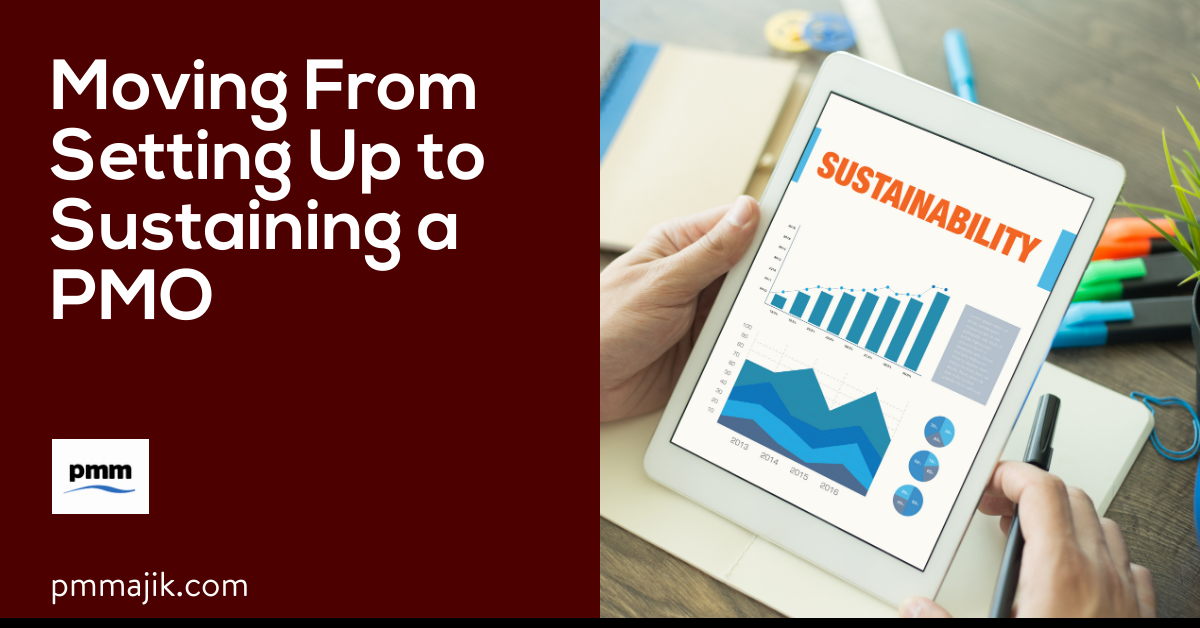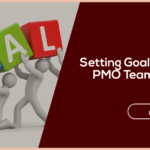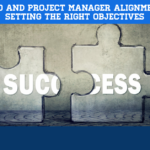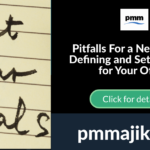Getting a project management office (PMO) off the ground is a huge undertaking. Moving from setting up to sustaining a PMO as an ongoing business unit is the next challenge you’ll face.
Reaching the stage where your office is part of business as usual is a landmark, but it may not be clear when that stage is. Once you know your PMO has reached maturity, how do you continue to justify its existence?
We’re going to explore these issues in this and coming posts to help you understand when and how to start moving to a sustainable PMO model. To do that, we’re going to look at:
- How to know when your PMO has matured
- What PMO model is right for the shift to sustaining the office
- The importance of preventing the failure of your PMO
- Ways your PMO can continue to add value
When do I move from a start-up to a mature PMO?
There is no one indicator that will tell you when your PMO has matured out of being a start-up. There are different indicators to look for to decide if your office is established and past its teething problems stage.
Lots of work has gone into knowing when a business has mature project management capabilities, but less has been done about PMO growth and maturity. The project management models that are commonly used include:
- PRINCE2 Maturity Model
- Organisational Project Management Maturity Model (OPM3)
- PMM Maturity Model
- Kerzner Project Management Maturity Model
And the Department of Defense in the USA also developed the Capability Maturity Model to assess when a company is ready for government software projects.
You can adapt these assessments to understand if your PMO is ready to switch to a sustaining model, and use our own assessment tool to determine where in your PMO lifecycle you are.
What is the best model for sustaining a PMO?
You’ll know from the time you were setting up your PMO that there are different models to choose from. These include:
- A business-focussed PMO
- A supportive PMO
- A directive PMO
- A delivery PMO
- A compliance PMO
It’s important to ensure the type of PMO you choose for the future fits the needs of your PMO.
You’ll need to assess what you want your business-as-usual (BAU) office to look like and what you expect it to achieve. We’ll look at how you can choose the right PMO type to sustain your position in a coming post.
How can I prevent failure in my PMO?
The cloud of failure and eventually closure of a PMO can loom large over your office. There is data that suggests many PMOs don’t make it past two years in operation before they get shut down.
Whilst you’re working on moving your PMO forward and pivoting to a BAU stance, you do need to have an eye on the potential for failure.
We’ve explored some key indicators of potential PMO failure in previous posts, including you and your team being excluded from meetings and reports and data not being submitted. You do need to be constantly aware of the office slipping out of relevancy while you’re working on taking it forward, and we’ll explore that in more detail in a future post.
How can my PMO continue to add value?
A key element to keeping your PMO functional and relevant is to continually add value. There are activities we’ve looked at previously, such as:
- Raising awareness of your PMO
- Educating the business about the office
- Building key relationships around the business
These need to be considered long-term work rather than nice-to-haves if you want your office to thrive in the future. Of course, your core function will tend to be monitoring and supporting projects, but you need to keep your office profile up so you can continue with your long-term work.
From setting up to sustaining a PMO
There will come a time when you’re ready to move from setting up your PMO to sustaining it into the long-term. It’s vital you get the timing right – when your office is mature and ready to add serious value to the business.






